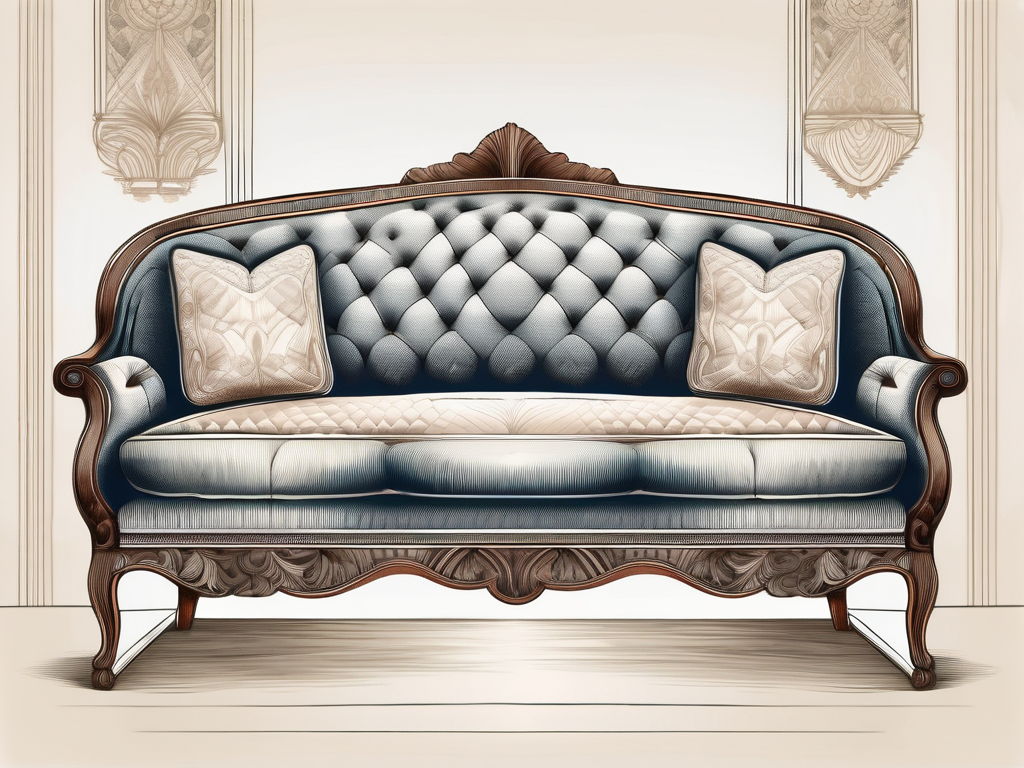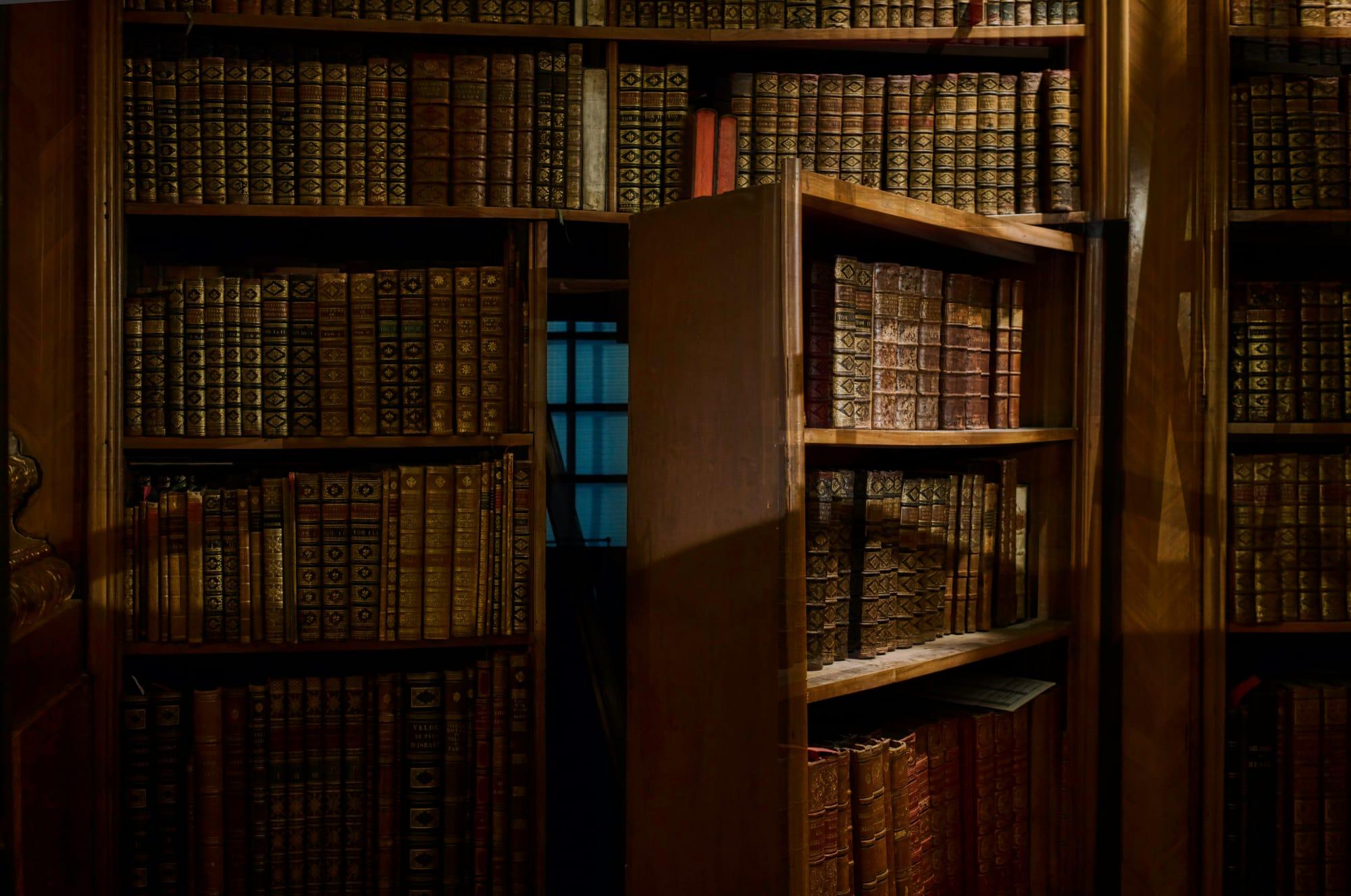What is a Settee?
Curious about what a settee is? Discover the charm and versatility of settees and how they can enhance your home decor.

Settee
Have you ever found yourself flipping through a home decor magazine or scrolling through an online furniture store and stumbled upon the term "settee"? If you've ever paused, wondering exactly what a settee is and how it differs from a sofa or a couch, you're not alone. This piece of furniture, with its rich history and unique design, might just be what your living space is missing.
The History of the Settee
The settee, a term that evokes images of elegant parlors and refined drawing rooms, has a storied past that dates back centuries. But what is the history behind this intriguing piece of furniture, and how has it evolved over time?
Let's delve into the origins and transformations of the settee, tracing its journey from the 17th century to the present day.

Origins in the 17th Century
The settee's origins can be traced back to the 17th century, where it began as a seating option that was slightly more elaborate than a bench but less formal than a sofa. Initially, settees were designed to accommodate two or more people, featuring a wooden frame and an upholstered seat.
These early versions were often ornately carved and served as a status symbol in aristocratic homes. The design and craftsmanship reflected the social standing of the homeowner, making the settee a coveted piece of furniture.
Evolution Through the Centuries
As time progressed, so did the design of the settee. By the 18th and 19th centuries, it had become more comfortable and elaborate, with craftsmen incorporating luxurious fabrics and softer cushions. This period also saw the introduction of various styles, such as the Chippendale, Hepplewhite, and Victorian settees, each reflecting the design trends of its era.
The 20th century brought about a simplification in design, with modern settees showcasing cleaner lines and less ornamentation. This shift mirrored broader changes in interior design and furniture manufacturing techniques.
Distinguishing Features of a Settee
Now that we've explored the rich history of the settee, let's identify what sets this piece of furniture apart from its cousins, the sofa and the couch. Understanding these distinguishing features can help you decide if a settee is the right choice for your home.

Size and Shape
One of the most notable differences between a settee and a sofa is the size. Settees are generally smaller and more compact, making them an ideal choice for tight spaces or as an accent piece in a larger room. They typically accommodate two to three people, whereas sofas can seat three or more comfortably.
The shape of a settee is also distinctive, often featuring a higher back and less depth in the seat compared to sofas. This design not only contributes to the settee's elegant appearance but also provides a different sitting experience.
Design and Style
Settees are known for their diverse range of designs and styles, from traditional and ornate to modern and minimalist. This versatility makes them a popular choice for those looking to add a touch of personality to their living space. Whether you're drawn to the intricate details of a Victorian settee or the sleek lines of a contemporary model, there's a design to suit every taste.
Furthermore, settees often feature unique upholstery choices, including luxurious fabrics and bold patterns, which can serve as a focal point in a room's decor.
Choosing the Right Settee for Your Home
With a better understanding of what a settee is and its distinctive characteristics, how do you go about choosing the right one for your home? Here are some tips to guide you in your selection.
Consider the Space
Before making a purchase, evaluate the space where you plan to place the settee. Consider the size of the room and the existing furniture to ensure the settee will complement your decor without overcrowding the space. Remember, settees work well in small areas or as an addition to larger seating arrangements.
Style and Functionality
Think about how the settee will be used and what style will best suit your home's aesthetic. If you're looking for a statement piece, a settee with bold upholstery or an ornate frame might be the perfect choice. For a more functional piece, look for a settee with a simple design and durable fabric.

Comfort and Quality
While style is important, comfort and quality should not be overlooked. Sit on the settee to test its comfort level, and inspect the frame and upholstery for signs of good craftsmanship. A well-made settee can serve as a beautiful and functional part of your home for years to come.
Final Thoughts
The settee, with its rich history and unique design, offers a blend of elegance and functionality that can enhance any living space. Whether you're drawn to its compact size, distinctive style, or the charm it adds to a room, a settee can be a wonderful addition to your home. By understanding its history, distinguishing features, and how to choose the right one, you're well-equipped to select a settee that reflects your personal style and meets your needs.
So, the next time you come across a settee in your furniture shopping adventures, you'll not only recognize it but also appreciate the history and versatility that this piece of furniture brings to the table.
Ready to find the perfect settee for your home without overpaying? Let Spoken guide you to the best deals with our comprehensive price comparisons across various retailers. Discover identical settees sold under different names and prices, and make an informed decision with our detailed product information and historical pricing trends. Check out products on Spoken now, and bring home the blend of elegance and functionality that a settee offers, all while ensuring you get the most value for your money.
Quick facts
What is the difference between a sofa and settee?
A sofa is typically larger, more cushioned, and used for lounging, while a settee is smaller and more formal, often with wooden arms and back.
What does a settee look like?
A settee looks like a compact, upholstered bench with a high back, often featuring wooden legs and arms.
Why do English people say settee?
The term "settee" is used in England as a traditional word for a small sofa, particularly one with a formal design.
What is a settee used for?
A settee is used for seating in living rooms or hallways, offering a more upright and formal seating option than a sofa.
Meron Ogbai
Software Engineer at Spoken
Meron is a Software Engineer at Spoken. Prior to joining Spoken, he worked at an online gaming company and an AI startup. Meron loves building things to make people's lives easier. When he's not coding, he's probably hunting for the best coffee spots or getting lost in a good book.
Read more

